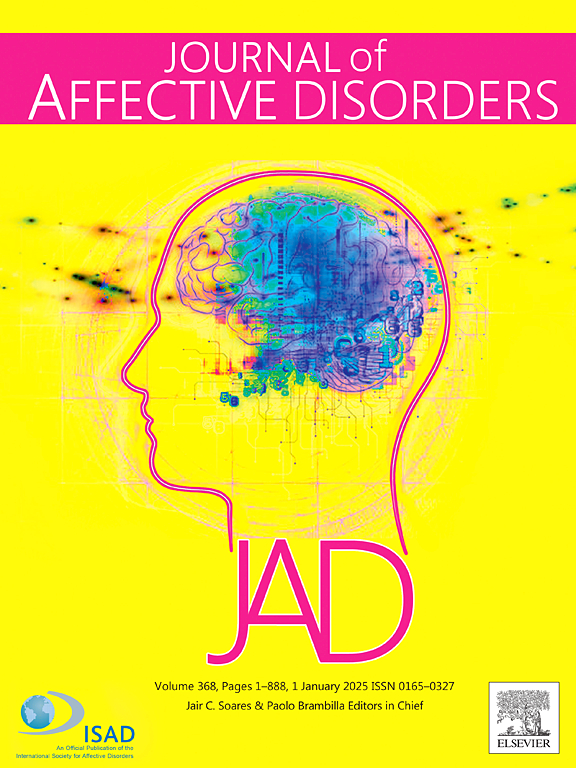Prediction of first attempt of suicide in early adolescence using machine learning
IF 4.9
2区 医学
Q1 CLINICAL NEUROLOGY
引用次数: 0
Abstract
Background
Suicide is the second leading cause of death among early adolescents, yet the first onset of suicide attempts during this critical developmental period remains poorly understood. This study aimed to identify key characteristics associated with the first suicide attempt in early adolescence and to develop a predictive model for assessing individual risk.
Methods
We used data from the Adolescent Brain Cognitive Development Study, a longitudinal, population-based study in the US. The analysis focused on a cohort of 4,238 early adolescents (aged 11–12 years) who had no prior history of suicide attempts. To predict the onset of a first suicide attempt over the subsequent two years (2020–2022), we developed an extremely randomized tree model, incorporating 87 potential predictors from diverse bio-psycho-social domains pertinent to adolescent development.
Results
Among the 4,238 adolescents, 163 (3.8%) reported their first suicide attempt within the subsequent two years. Our predictive model demonstrated good discriminative ability, achieving an AUC of 0.82 (95% CI [0.79, 0.85]), with a sensitivity of 0.82 and a specificity of 0.69 at the optimized threshold. Key predictors included sex assigned at birth, sexual orientation, negative affect, internalizing and attention problems, and lifetime suicidal ideation, along with other significant factors from multiple domains.
Conclusions
These findings highlight the utility of machine learning algorithms in identifying predictors of suicide attempts among early adolescents. The insights gained from this study may contribute to the development of tailored screening tools and preventive interventions aimed at mitigating suicide risk in this vulnerable population.
求助全文
约1分钟内获得全文
求助全文
来源期刊

Journal of affective disorders
医学-精神病学
CiteScore
10.90
自引率
6.10%
发文量
1319
审稿时长
9.3 weeks
期刊介绍:
The Journal of Affective Disorders publishes papers concerned with affective disorders in the widest sense: depression, mania, mood spectrum, emotions and personality, anxiety and stress. It is interdisciplinary and aims to bring together different approaches for a diverse readership. Top quality papers will be accepted dealing with any aspect of affective disorders, including neuroimaging, cognitive neurosciences, genetics, molecular biology, experimental and clinical neurosciences, pharmacology, neuroimmunoendocrinology, intervention and treatment trials.
 求助内容:
求助内容: 应助结果提醒方式:
应助结果提醒方式:


